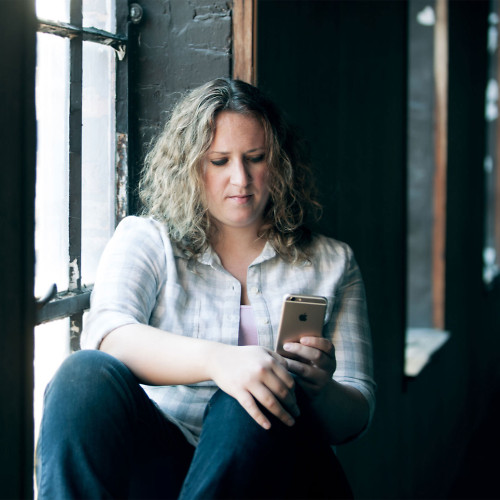What iPhone 6 and iPhone 6 Plus storage size should you get: 16GB vs. 64GB vs. 128GB?
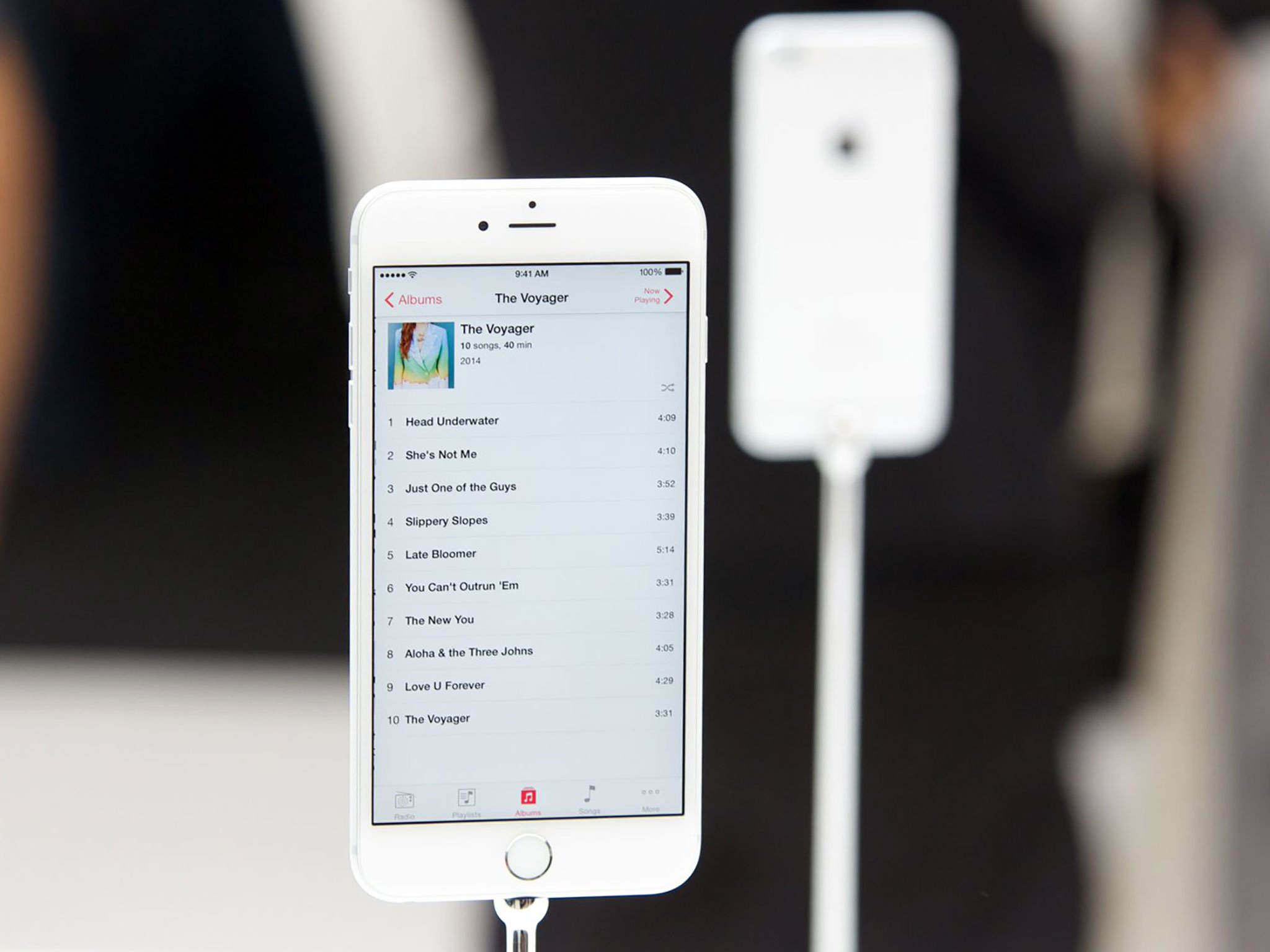
The iPhone 6 and the iPhone 6 Plus come in three different storage options — 16GB, 64GB, and 128GB. Choosing between them is one of the hardest decisions for most iPhone buyers. Camera and video capabilities keep improving, App Store apps are getting larger, and the functionality of our iPhones keeps getting better. All of this comes at the price of storage space. This is why choosing a storage size that matches your particular use case is so important. The last thing you want to do is get the dreaded out of space error after only a few months of owning your new iPhone 6 or iPhone 6 Plus. Luckily that's where iMore comes in! From start to finish, we can help you choose the most cost effective storage option based on how you use your iPhone!
Price per gigabyte breakdowns
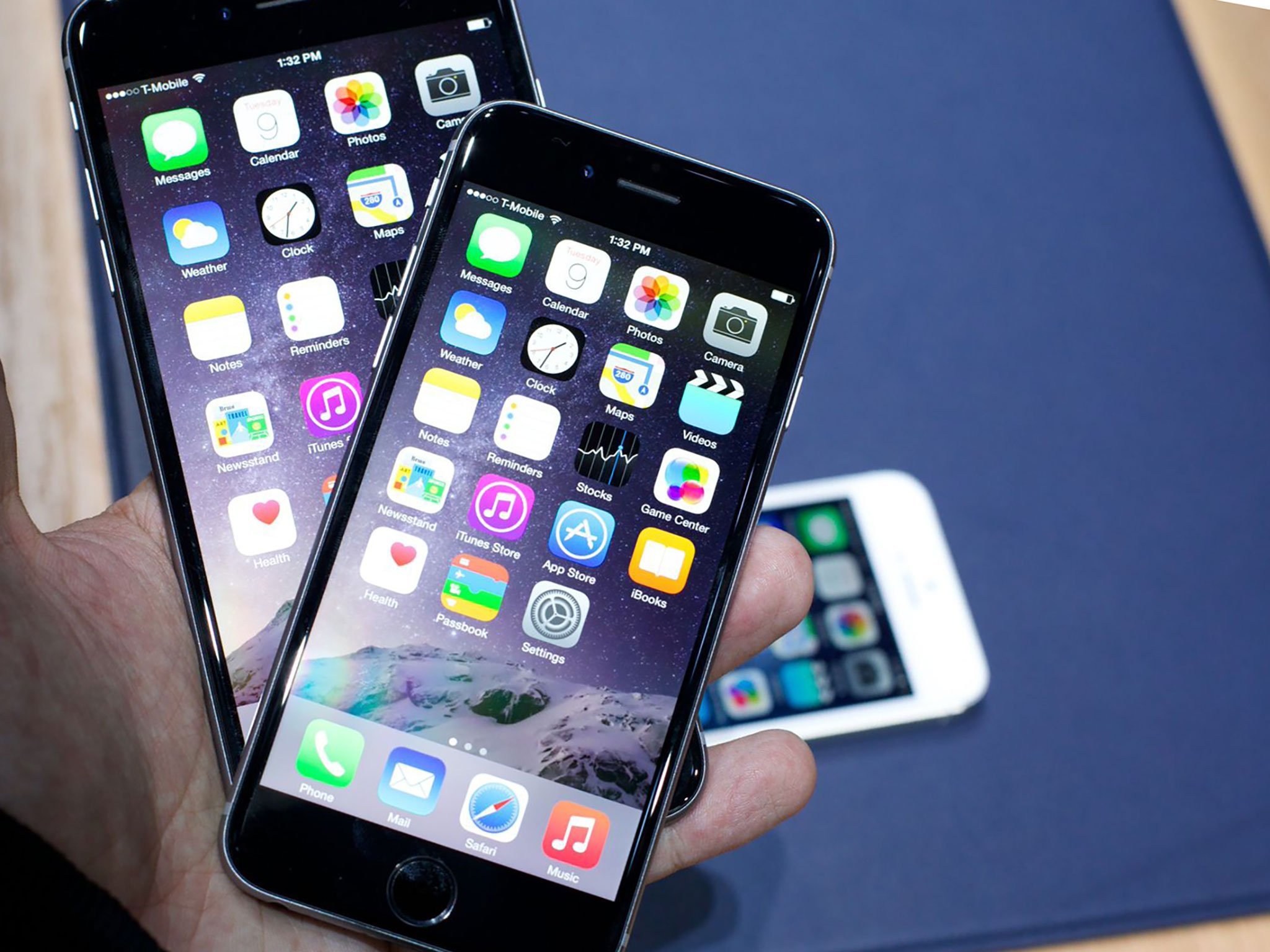
The iPhone has always been sold at different price points based on the amount of storage capacity it contains. Each upgrade bump in storage will cost you an additional $100. If you're in another country, that may vary slightly but typically remains unchanged for most folks.
This year Apple dropped the 32GB model entirely, unless you're buying last year's iPhone 5s which is still a great phone. Assuming you're buying an iPhone 6 or an iPhone 6 Plus, here's the cost breakdown per gigabyte —
iPhone 6 on-contract with carrier subsidy
- 16GB: $199 or $12.44 per GB
- 64GB: $299 or $4.67 per GB
- 128GB: $399 or $3.12 per GB
iPhone 6 off-contract at full price
- 16GB: $649 or $40.56 per GB
- 64GB: $749 or $11.70 per GB
- 128GB: $849 or $6.63 per GB
iPhone 6 Plus on-contract with carrier subsidy
- 16GB: $299 or $18.69 per GB
- 64GB: $399 or $6.23 per GB
- 128GB: $499 or $3.90 per GB
iPhone 6 Plus off contract at full price
Master your iPhone in minutes
iMore offers spot-on advice and guidance from our team of experts, with decades of Apple device experience to lean on. Learn more with iMore!
- 16GB: $749 or $46.81 per GB
- 64GB: $849 or $13.27 per GB
- 128GB: $949 or $7.41 per GB
If you think in terms of how much bang you get for your buck, the very best deal in terms of price per gigabyte is the 128GB model in pretty much any pricing scheme, for both the iPhone 6 and iPhone 6 Plus. However, keep in mind that this time around there is more to consider in that you're also paying for a larger screen in the iPhone 6 Plus.
For most people, I'd almost always recommend buying the 64GB model if you can afford it. For only $100 more, you're getting four times the storage capacity, and who doesn't value that? However, if you want the most bang for your buck where storage is concerned and money is no object, the 128GB model is the best deal on a per GB basis.
Local vs. Cloud storage
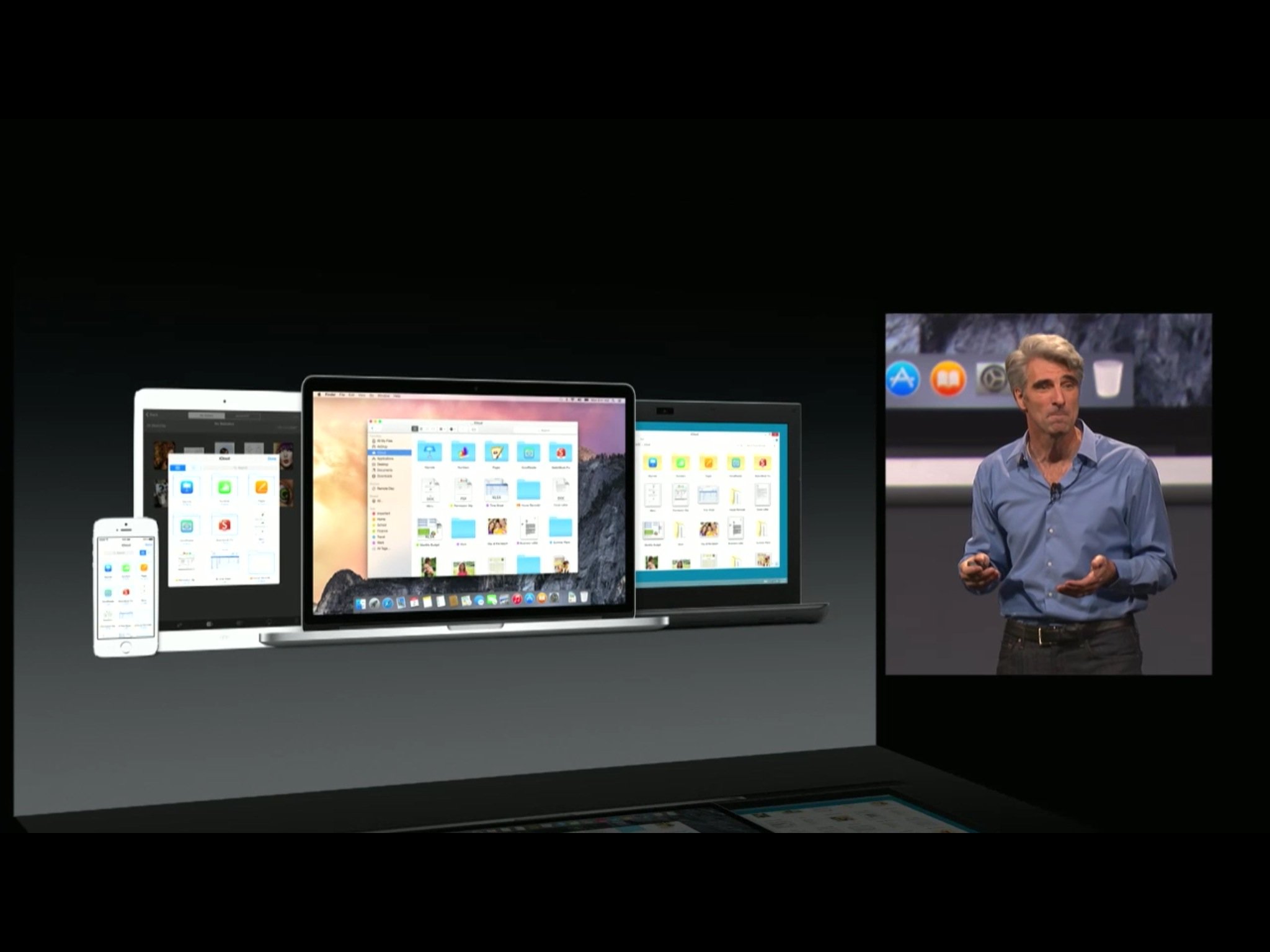
iOS 8 brings some serious changes to iCloud this time around. Namely, in the form of iCloud Drive. Gone are the days of only being able to store backups and selective app data in iCloud. Apple has torn down the caged walls and now lets you use iCloud Drive across all your iOS devices and Macs in the same way other popular storage services such as Dropbox and Google Drive have for years.
These changes also include brand new pricing for iCloud storage. The following pricing includes storage for your iCloud backups, Photo Stream, and any documents, photos, and videos you choose to store in iCloud Drive.
- 5GB - Free
- 20GB - $0.99/month
- 200GB - $3.99/month
- 500GB - $9.99/month
- 1TB - $19.99/month
iCloud integrates seamlessly into iOS and OS X which means that there are no third party apps to download in order to access your stuff. You can then free up lots of storage space on your iPhone and still know that those photos, videos, and files are accessible via iCloud Photo Library and iCloud Drive from anywhere.
So before deciding on a storage capacity, decide whether or not you're going to take advantage of iCloud Drive. If the answer is yes and most of your current storage capacity is eaten up by photos and videos, iCloud Drive will alleviate that burden and may allow you to choose a smaller capacity iPhone if you need to.
Photos and videos
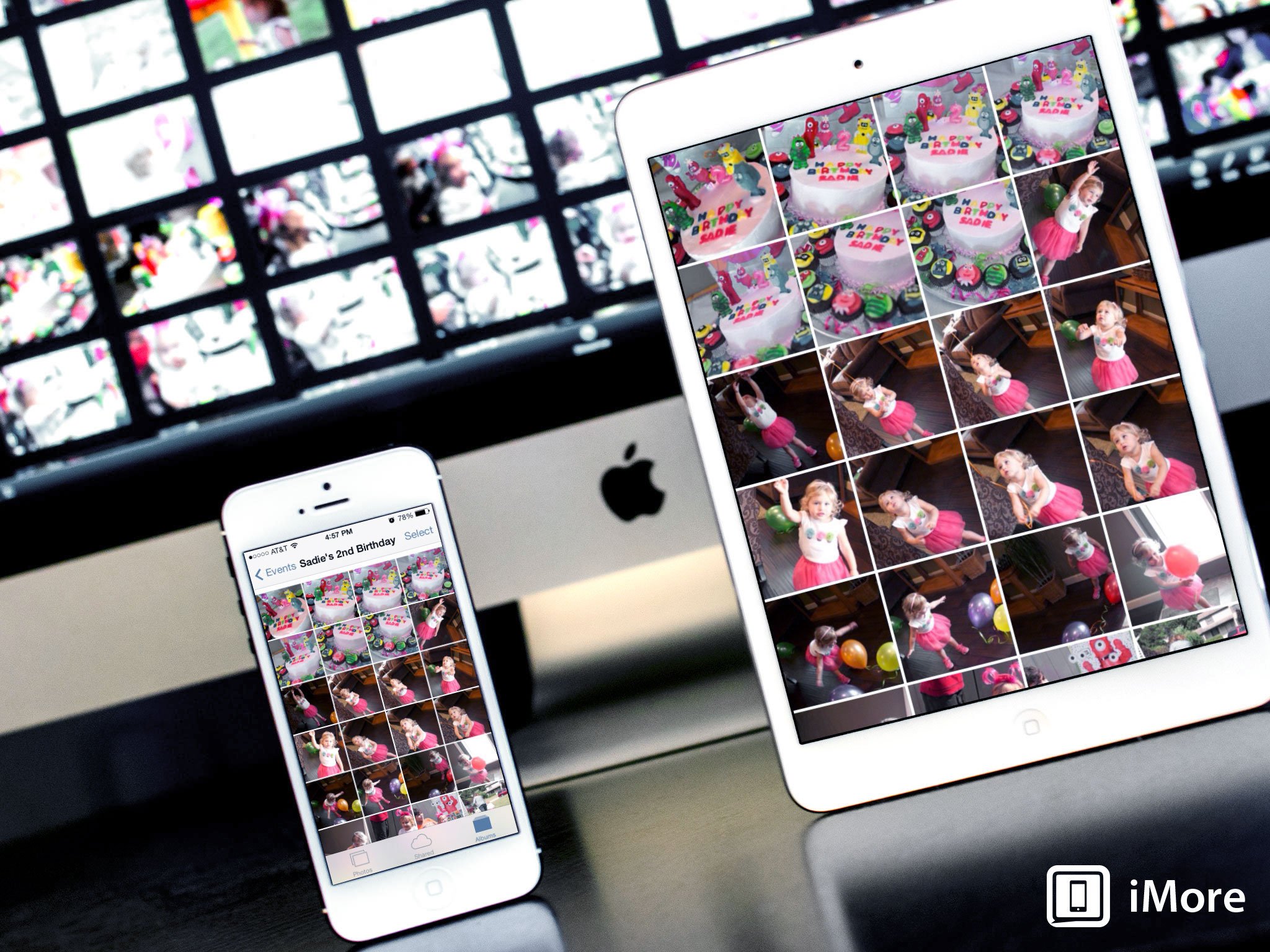
The iPhone 6 and the iPhone 6 Plus both sport 8 megapixel cameras on an all new sensor. More importantly, both of them support taking panoramas of up to 43 megapixels. When it comes to video, both devices support full 1080p HD at up to 60 frames per second. If you're taking slow motion video, increase that threshold to a staggering maximum of 240 frames per second.
All you need to understand about the above specs is that they can eat through a ton of local storage, very quickly. If you are the type of person that takes loads of photos and videos, a 16GB iPhone is probably out of the question unless you're using a cloud service such as iCloud Drive or Dropbox.
Apps, games, and media

Apps, especially games, can also take up a lot of space on your iPhone. It's not uncommon for some console-quality games to be well over 1GB in size these days. Basically, as chipsets get better, so do the apps that take advantage of them. Better graphics and higher frame rates come at a price, and again, it's physical storage space.
Then you have to consider other types of media such as movies and music. iTunes movies can be 1 to 3GB in size for SD depending on the length. If you prefer watching HD, they can easily eat up 3 to 6GB in storage. TV shows can be a quarter to half the size of movies, but more than make up for it by the number of episodes typically available. If you get your movies and TV shows from somewhere other than iTunes, you're still looking at about 400MB an hour for SD and over 1GB (sometimes way over) an hour for HD. Music files are generally quite small but can add up as well, especially if you have lots and lots of albums you want to keep with you everywhere. Even with something like iTunes Match or a similar streaming service, you need local storage for offline playback. Again, it all adds up.
Who should get 16GB?
If you don't use a lot of apps, if you don't want to have a lot of movies and TV shows, or a huge amount of music, if you don't intend to shoot and keep very many photos and video on your new iPhone — or if you're opting for a high tier iCloud Drive storage subscription, you'll probably be okay with 16GB.
Some people like to keep their iPhones light and handle all their gaming and media on their iPad. If that's you, save some cash and grab the 16GB version.
Who should get 64GB?
Apple shook things up this year by doing away with a 32GB option. The good news is, it means you get 4 times the storage for only $100 more. For most people, 64GB will be plenty of space and then some. You can store thousands of songs, lots of apps, a decent amount of photos and video, and still feel like you can breathe. If you're planning on using iCloud Drive in conjunction with your new iPhone, 64GB should be more than enough.
If you're planning on using your iPhone 6 or iPhone 6 Plus as your primary means of consuming media content, or as your primary camera and video recorder, the 64GB model will serve you well for a long time to come.
Who should get 128GB?
Some people don't like cloud storage or don't want to have to depend on a data connection in order to access their stuff. Combine that with being a digital packrat and all of a sudden 128GB sounds appealing. It's probably safe to say that if you're even considering a 128GB model, you probably need it. You most likely fit into one of the two categories I just described as well, and you want everything with you, all the time.
If you want all the things with you, at all times, and money is no object, opt for the 128GB model. But you already knew that didn't you?
Still undecided?
If you're still not sure about 16GB, 64GB, or 128GB, jump into our iPhone discussion forums and the best community in mobile will happily help you out!
Also, remember, in most places you'll have time to try out your new iPhone 6 or iPhone 6 Plus and return it if you don't like it. So, make sure, as soon as possible, you put your new iPhone through realistic paces. Load up all the apps and games you want with you, load up your movies and TV shows, go out and take some photos and shoot some video. Give it a complete and thorough workout. If it feels like you got too much storage, say 64GB and you haven't even gone past 2GB, or if you got too little, say you're already at 12GB of 16GB, then take your iPhone back and exchange it for one that better suits your needs.
If you come to this realization too late, after the exchange period is over, remember you can buy additional storage through iCloud Drive, or look at other options like Dropbox which will let you keep your stuff available online and potentially free up some much needed space on your iPhone.
iMore senior editor from 2011 to 2015.
